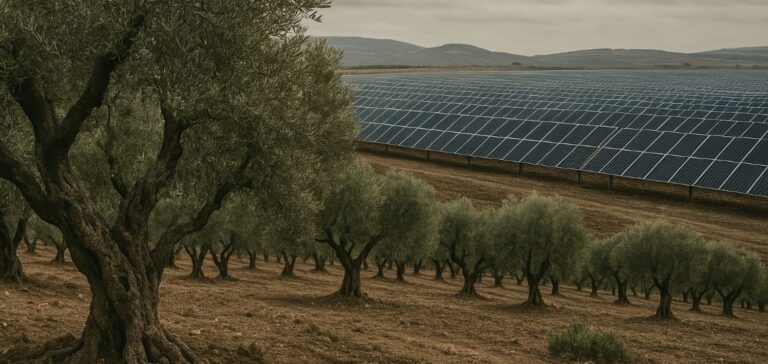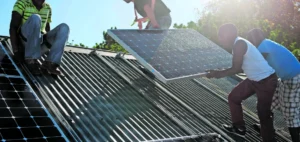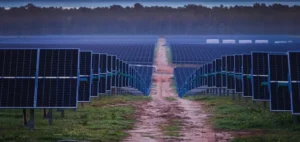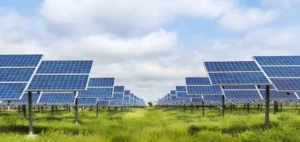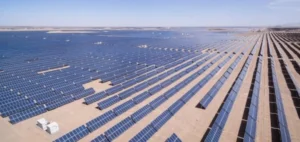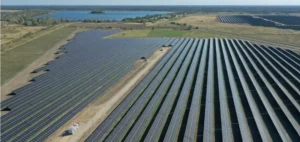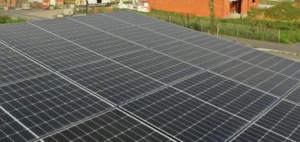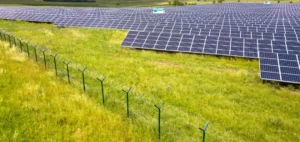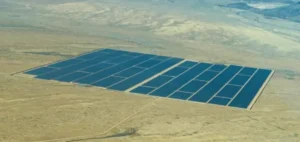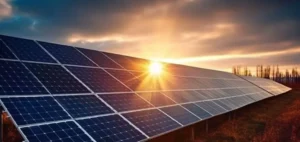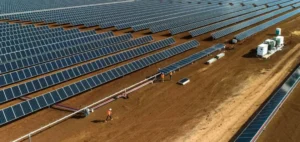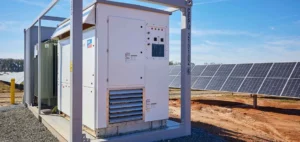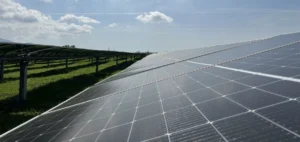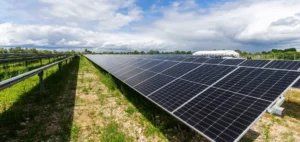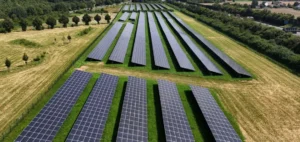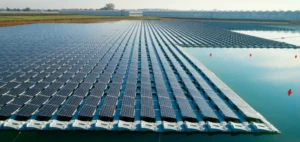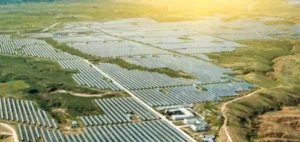Francisco Campos, a farmer in Lopera in southern Spain, watches with concern as his centuries-old olive trees could soon be replaced by a photovoltaic park. This municipality of 3,600 inhabitants, located 200 kilometres northeast of Seville, is at the centre of a clash between the renewable energy sector and traditional agriculture. Spain, the world’s largest olive oil exporter, sees its Andalusian farmland targeted by operators such as Greenalia and FRV Arroyadas, eager to install several solar plants over nearly 1,000 hectares.
An agricultural sector under land pressure
The companies involved, according to residents, have already signed lease agreements covering most of the targeted land, although they did not respond to AFP’s requests for comment. Andalusia’s regional authorities are considering expropriations to facilitate these developments, citing public interest. This measure is being contested by smallholders, who denounce the loss of their livelihoods. Rafael Alcalá, spokesperson for the Campiña Norte Platform against Mega Solar Plants, estimates that 100,000 olive trees are at risk, compared to 13,000 claimed by the regional government.
Rural mobilisation against energy operators
Dozens of farmers recently demonstrated with their tractors at the entrance of Lopera, voicing their opposition to the projects. In this region, the olive tree represents the main economic resource. The local cooperative La Loperana estimates a yearly loss of EUR2.2mn if 500 hectares of crops were to disappear. Retiree María Josefa Palomo questions the future of her family’s heritage, while young farmer Juan Cantera worries about the intergenerational impact.
Institutional defence and ongoing litigation
The Andalusian regional government, through Jorge Paradela, Regional Industry Councillor, defends the solar development strategy, stating that less than 1% of the affected areas required expropriations. The grid operator Red Eléctrica de España (REE) reports that 56.8% of Spain’s electricity now comes from renewable sources, including 17% from solar. The Spanish Photovoltaic Union (Unef), representing 800 companies, highlights the fiscal benefits generated by solar parks in rural municipalities.
However, Lopera’s residents, who have initiated legal proceedings against the companies and the regional executive, denounce the uprooting of 5,000 trees already observed on land ceded by one farmer. Faced with the rapid expansion of solar infrastructure, many intend to defend their land at all costs.

